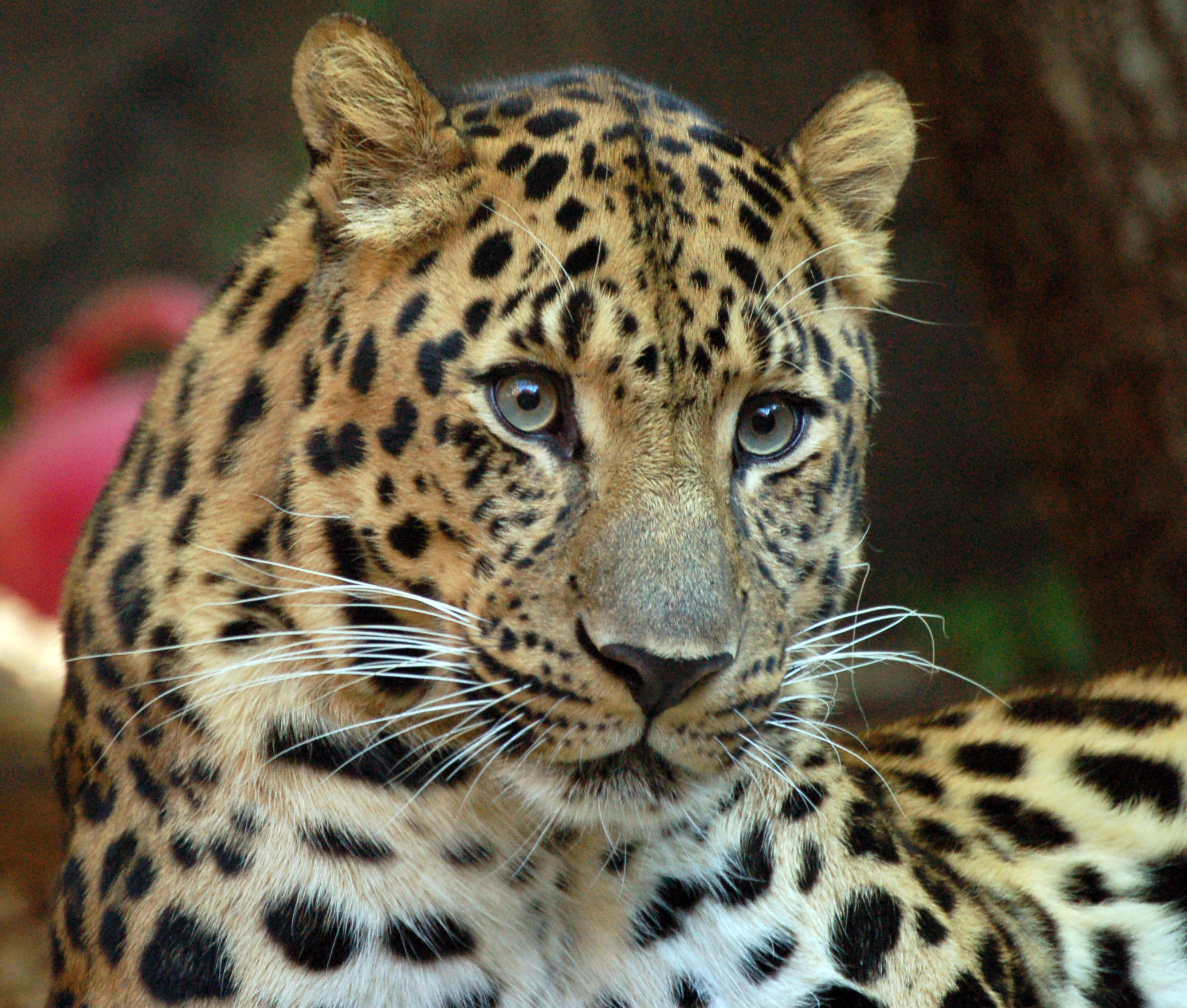

Art G. - Flickr - CC BY-SA 2.0
The Amur leopard is solitary. Nimble-footed and strong, it carries and hides unfinished kills so that they are not taken by other predators. It has been reported that some males stay with females after mating, and may even help with rearing the young. Several males sometimes follow and fight over a female. They live for 10-15 years, and in captivity up to 20 years. The Amur leopard is also known as the Far East leopard, the Manchurian leopard or the Korean leopard.
The Amur leopard is poached largely for its beautiful, spotted fur. In 1999, an undercover investigation team recovered a female and a male Amur leopard skin, which were being sold for $500 and $1,000 respectively in the village of Barabash, not far from the Kedrovaya Pad reserve in Russia. Agriculture and villages surround the forests where the leopards live. As a result the forests are relatively accessible, making poaching a problem—not only for the leopards themselves, but also for important prey species, such as roe deer, sika deer and hare, which are hunted by the villagers both for food and cash.
World Widlife Fund has a pledge to stop wildlife crime.
Sign PledgeWWF is establishing anti-poaching teams and developing environmental education programs that showcase the animal’s importance to the region. Adopt an Amur Leopard and donate to the WWF's efforts to conservering their species.
Adopt a Leopard